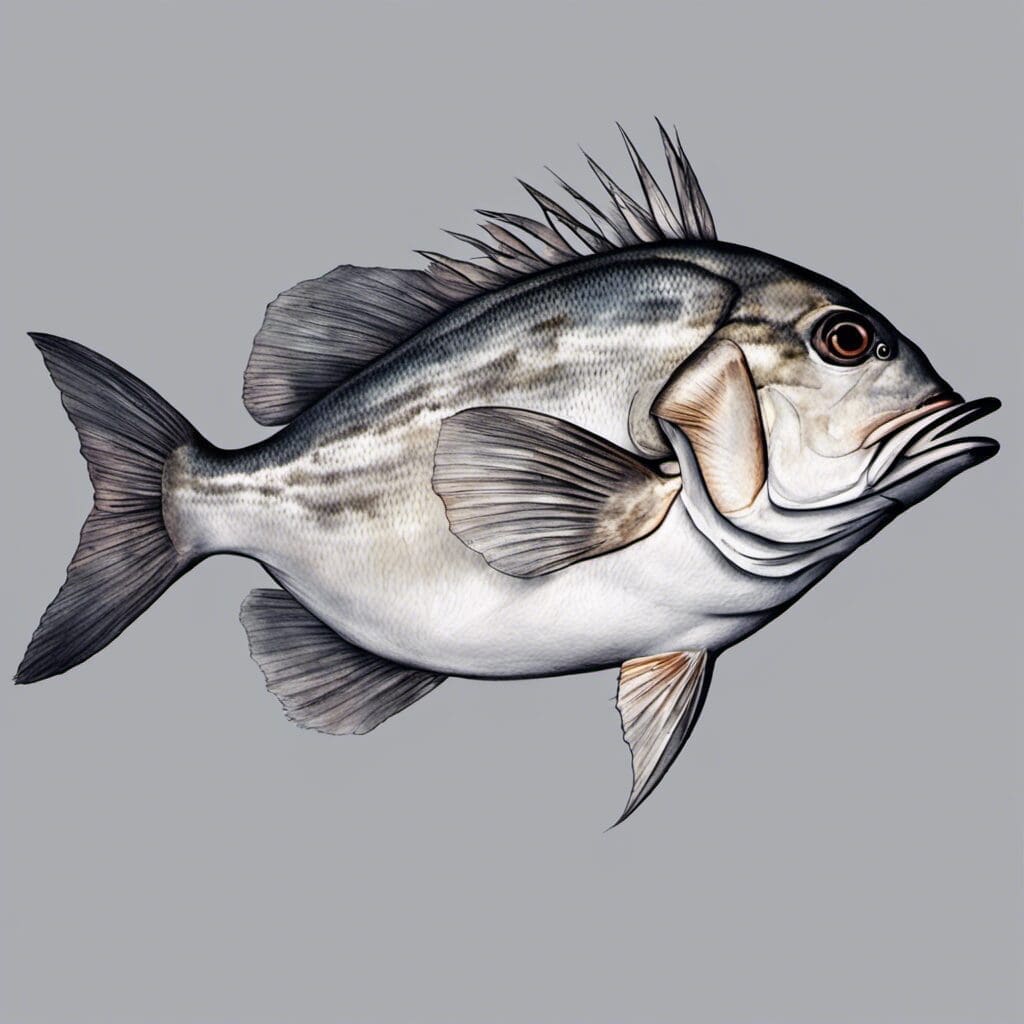Introduction
The Jolthead Porgy, scientifically referred to as Calamus bajonado, belongs to the Sparidae family, commonly known as porgies or sea breams.
Conservation Status
Currently, the Jolthead Porgy is classified as a species of Least Concern according to the World Conservation Union (IUCN). Up to date, no specific conservation efforts are concentrated towards this species due to its stable population status.
Statistics
| Statistic | Average | Range |
|---|---|---|
| Length | 50 cm | 35-70 cm |
| Weight | 6 kg | 4-8 kg |
| Average Lifespan | 20 years | 15-25 years |
Distribution
The Jolthead Porgy is widespread throughout the tropical waters of the western Atlantic Ocean, from North Carolina to Brazil.
Migration patterns
Jolthead Porgy usually perform seasonal migrations linked to reproduction and feeding, with larger offshore movements during colder months.
Habitats
This species dwells in shallow, coastal waters near reefs and areas with sandy and rocky bottoms.
| Water Type | Depth Range | Temperature Range |
|---|---|---|
| Saltwater | 10-70 meters | 20-28°C |
When and Where to See
Seasonal patterns
The Jolthead Porgy can be spotted year-round but with higher numbers during late spring and early summer.
Time of day
Jolthead Porgy are more active during the day, particularly in the morning and late afternoon.
Best Fishing Locations
Jolthead Porgy are known to be caught in the following areas:
- Florida Keys, USA
- South Carolina, USA
- Texas, USA
- Bahamas
- Cancun, Mexico
- Cozumel, Mexico
General Tip: Jolthead Porgy are generally found around reefs or rough, rocky bottoms in coastal waters.
How to Catch
Preferred bait or lures
Jolthead Porgy are bottom feeders and can be caught with cut squid or shrimp as bait.
Fishing techniques
Bottom fishing is preferred for this species. You can use a heavy sinker to get the bait down to the bottom.
Identification Guide
Jolthead Porgy have a silver-blue body with a dark spot at the base of the pectoral fin and a bronze-gold stripe from the nose to the eye.
Culinary Details
Jolthead Porgy are delicious and can be grilled, baked, or fried. They have a firm, white meat with a mild flavor, which makes them an excellent ingredient for various fish recipes.
Additional Information
Behavior
Jolthead Porgy are known for their territorial behavior, especially during the mating season. They feed primarily on crustaceans, mollusks, and occasional small fishes.
Predators and Threats
Natural predators of Jolthead Porgy include larger predatory fish and sharks. The primary human-induced threat to this species comes from recreational and commercial fishing.
Cultural/Historical Significance
In many coastal communities, the Jolthead Porgy is a valued food resource and is often celebrated in local food festivals.
References and Further Reading
For more data on Jolthead Porgy, you might review the following sources:

